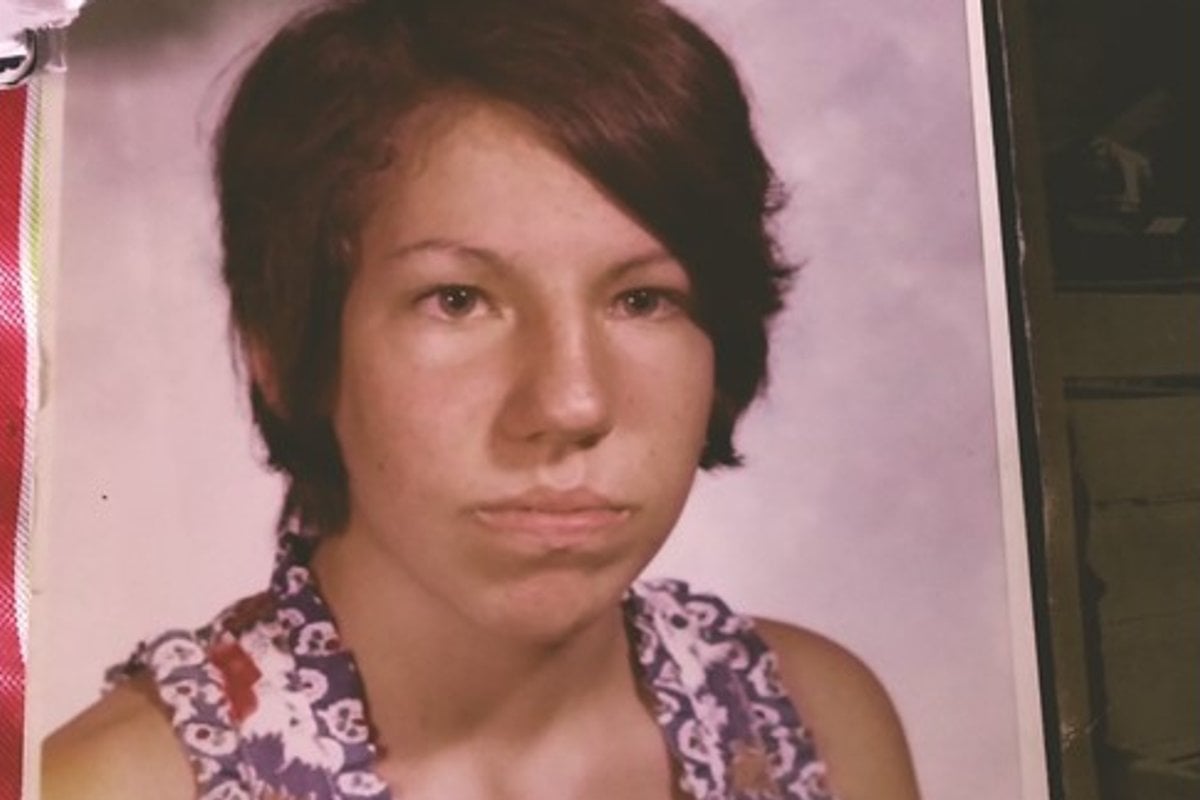
Last month, Toni Hastings stood by her big sister Lori Nesson’s grave, in the rain, holding two photos and a metal bucket.
Lori had been murdered in 1974, when she was 15 and Toni was 13.
Toni had been waiting a long time for this moment. She finally knew the identities of the two men who had murdered her sister and, as the last surviving member of her family, there was something she needed to do.
Watch: The top five true crime documentaries. Post continues below.
Lori was a high school student in Reynoldsburg, Ohio. On September 27, 1974, she went to a school football game, and then to a party afterward.
She left the party, but never made it home. Her mother called police, and they began searching.
Lori’s naked body was found the next morning in a ditch on the side of a road.
Her clothes were scattered along roads for miles around.
The coroner said Lori’s cause of death was "asphyxia of undetermined origin". Her family always believed she was murdered.

Top Comments